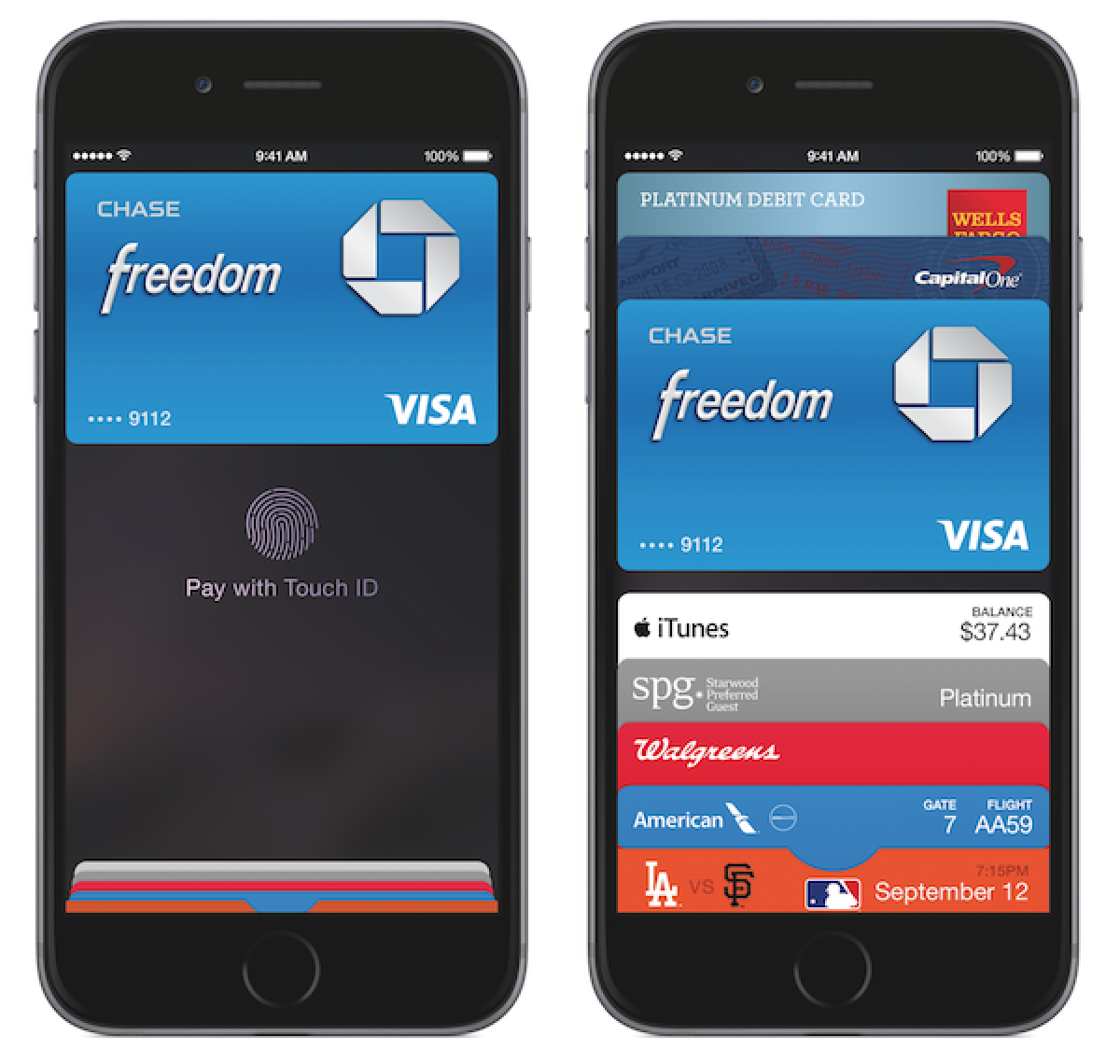Apple Pay Overview
Apple Pay was released to the public through an update to iOS 8.1on Monday, October 20. Apple's retail partners and several of its app partners were ready to go with Apple Pay support on launch day, allowing customers to head right out to try the new service.
Apple Pay is designed to allow iPhone 6 and 6 Plus users in the United States to make payments for goods and services with their iPhones, both in stores and within participating apps, using an NFC chip built into the iPhone 6, the iPhone 6 Plus, and the upcoming Apple Watch.
Apple Pay also lets users make one-tap purchases within apps that have adopted the Apple Pay API. Devices capable of using Apple Pay within iOS apps include the iPhone 6, the iPhone 6 Plus, the iPad Air 2, and the iPad mini 3. All of these devices contain an NFC controller where the "Secure Element" of Apple Pay is located, keeping customer information secure.
To keep transactions secure, Apple uses a method known as "tokenization," preventing actual credit card numbers from being sent over the air. Apple also secures payments using Touch ID in the iPhone 6 andskin contact with the Apple Watch.

Apple is aiming to replace the wallet with Apple Pay, and the one-step process prevents people from needing to dig through a purse or wallet to find credit cards. As it is built on existing NFC technology, Apple Pay will work anywhere NFC-based contactless payments are accepted.
According to Apple CEO Tim Cook, Apple Pay will "forever change the way all of us buy things," and thus far, Apple Pay has seen some early success, garnering more than 1 million credit and debit card activationsduring the first 72 hours after it was released.


0 comments:
Post a Comment